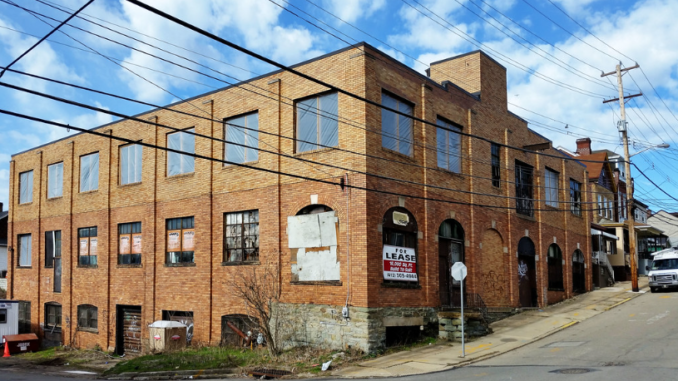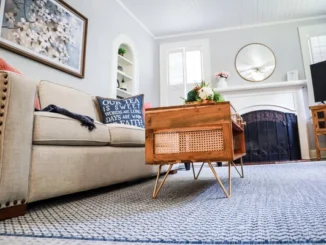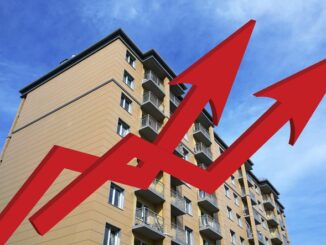
Despite increased rates, renters are not feeling the push to leave their current apartments for something less expensive, says columnist Lew Sichelman.
Rents are increasing at record rates, but that has not pushed many residents into looking elsewhere for less expensive apartments.
Indeed, renewal rates are at their highest level “in history,” said Kimberly Byrum, who leads the multifamily team at the Zonda consulting firm.
Renewals hit an all-time high of 57.4 percent in the second quarter of 2020, and then set another record at 57.6 percent in Q3 2021, according to figures Byrum presented during a recent webinar. But in this year’s first quarter, they bounced higher again, to 58.3 percent.
The Zonda managing principal indicated that one reason people are re-signing is that the run-up in rental rates is keeping them from going elsewhere. Another factor, she said, is rising mortgage rates, which are keeping many residents from entering the market as buyers. And a third is the low supply of available units, especially new ones.
Moreover, heading into the summer leasing season, she said sees “nothing in the data to indicate a slowdown” for the remainder of the year.
Even though rents on a price per square foot basis are at their highest level ever, she told listeners, the number of available units is at its lowest number on record. So, too, are the number of units under construction for delivery this year. That’s why “demand is running two times the supply.”
According to the latest figures from Yardi Matrix, the average asking rent nationally rose $15 in April, to $1,659. Year-over year rent growth moderated by 50 basis points for the month, but still was up 14.3 percent. At the same time, Realtor.com reported the median rental price hit a record high in April of $1,827 and “is on track” to eclipse $2,000 by the year’s end. April was the 14th straight month for record-high rents, according to the National Association of Realtors.
The site also reported that nearly three out of every four landlords—72.1 percent—plan to raise rents sometime this year. That’s a larger share than in January, when two-thirds—65.1 percent—said they were eyeballing rent hikes.
Continued Market Strength
Still, according to Zonda’s numbers, occupancy rates are also at record high of 97.6 percent, and that, Byrum pointed out, is as markets head into its prime leasing season. “Going into the summer,” she said, “all the markets we cover are much stronger.”
Occupancy rates in Jacksonville and Phoenix are a lower than most other markets. But even they are far above average.
The Zonda principal believes the multifamily sector should “begin to stabilize” in the fourth quarter, when the number of new apartments in the pipeline will exceed demand by more than 100,000 units. By next year’s fourth quarter, when the imbalance will shrink a tad, even greater equilibrium will return.
Although there are a small handful of weak numbers, multifamily demand and rent growth remain incredibly strong throughout the country, the Zonda executive reported. Of our top 30 metros, rent growth was up at least 8.8 percent over the last year in all but one. Rent growth was positive in each of the top 30 metros over the last one-month, three-month and 12-month periods.
Nevertheless, developers were starting to become cautious as far back as the first quarter, according to the National Association of Home Builders, which sited two indexes. One, the trade group’s Multifamily Production Index fell six points from last year’s fourth quarter. And two, its Multifamily Occupancy Index, inched down one point.
The production index typically leads to changes in construction by one to three quarters, which explains why concerns raised by builders has yet to show up in the rate of multi-family starts, said NAHB Chief Economist Robert Dietz.
Source: Multihousingnews.com



